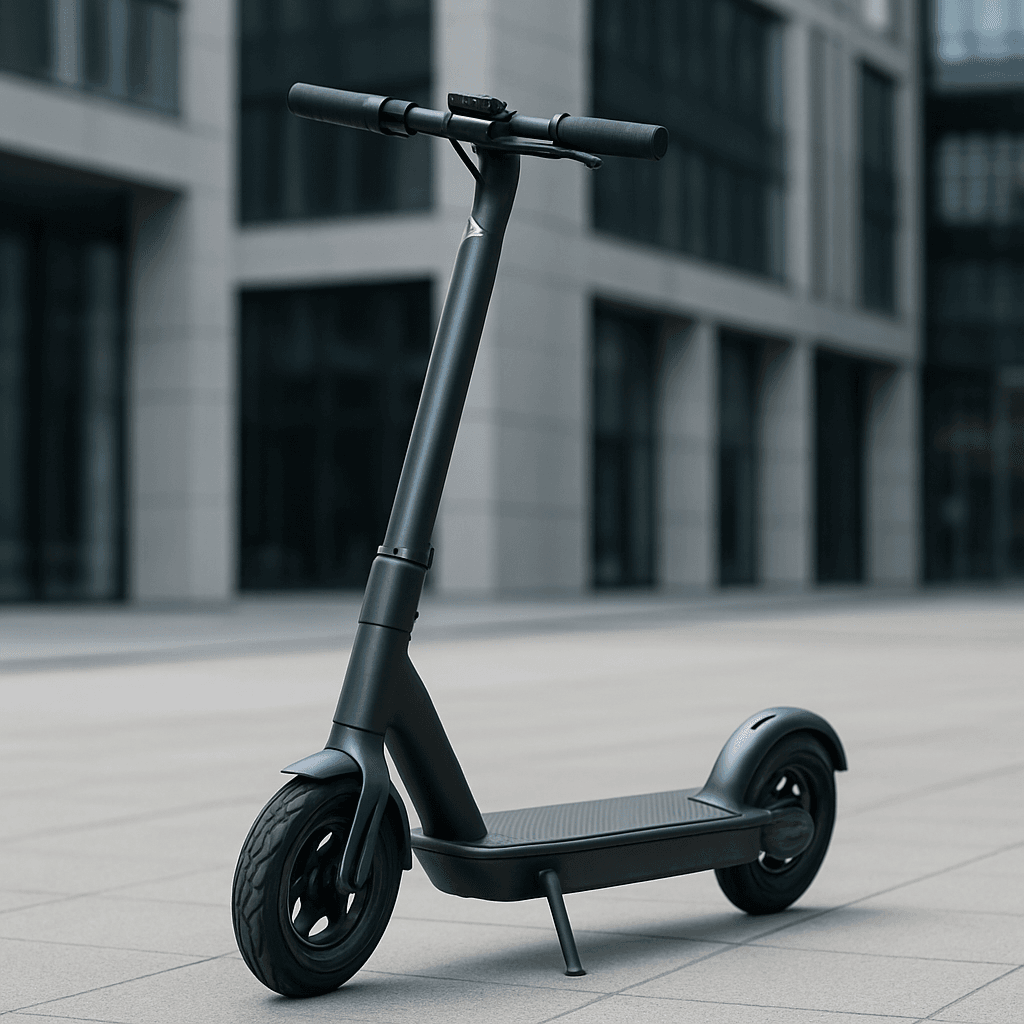WIRED just released its definitive guide to the best electric scooters for 2025, with tech reporter Julian Chokkattu putting dozens of models through months of real-world testing across Brooklyn and Manhattan. The comprehensive review covers everything from budget-friendly $280 options to premium $1,200+ models, revealing which scooters actually deliver on their promises and which ones you should avoid completely.
WIRED just dropped the most comprehensive electric scooter buying guide of 2025, and it's packed with surprising failures and unexpected winners. Tech reporter Julian Chokkattu spent months putting dozens of scooters through brutal real-world testing across New York City's challenging terrain, from Brooklyn's pothole-riddled streets to Manhattan's busy avenues.
The testing process was thorough - each scooter got 2-3 months of daily use, including grocery runs, video shoots with camera gear, and epic 18-mile treks across multiple NYC bridges. Chokkattu, who's 6'4" and 250 pounds, provided a real stress test that revealed which scooters actually hold up under demanding conditions.
Some of the biggest surprises came from well-known brands that completely flopped. Gotrax's G6 and Eclipse models, despite decent range specs, suffered from critical overheating problems. "On an 80-degree-Fahrenheit summer day, the G6 gave me the overheating error after 20 minutes of riding," Chokkattu noted. The scooters would shut down mid-ride, forcing him to wait several minutes before continuing.
The lightweight category saw interesting developments with Niu's KQi Air, featuring a carbon fiber frame that brings weight down to just 26 pounds. But the innovative design came with significant trade-offs - connectivity issues, thermal throttling during rides, and reliability problems that required a complete unit replacement.
Budget options performed better than expected, with models starting at $280 proving viable for short-range urban transport. The TurboAnt M10 Lite emerged as a solid entry-level choice for users under 200 pounds, though it struggles with hills and longer distances.
Premium models justified their higher prices with advanced features like dual motors, off-road capabilities, and superior suspension systems. The testing revealed significant differences in build quality between budget and premium tiers, particularly in motor performance on inclines and overall durability.
Safety accessories got major attention in the guide, with full-face helmets strongly recommended for speeds above 15 mph. The Beam Virgo helmet earned praise for its flip-down visor and comfortable fit, while traditional bike helmets from work well for slower speeds.



